|
This week we’ll talk about the second half of our list of things you can include to increase your home’s curb appeal. Last week we talked about the first part of the list. It included: 1. Combining contrasting, but coordinating colors 2. Adding Dimension 3. Making a Statement with Your Front Door 4. Selecting Unique Address Numbers 5. Adding Lighting Take a listen to episode 59 to hear more detail about that list. This week we’ll briefly discuss: 6. Great Garage Doors 7. Softscape Elements 8. Hardscape Elements 9. Beautiful Driveways Before moving on to the mini lesson, let’s go over this week’s Pro Terms: Landscape, Softscape Elements, and Hardscape Elements
Landscape (noun)— an area of land that’s beautiful to look at
Landscape (verb)— to make a piece of land more attractive by altering the existing design, adding ornamental features, pathways, walls, and planting grass, flowers, trees and shrubs. Landscaping includes both softscape and hardscape elements. Softscape elements include the softer, usually living, elements of the landscape, including plants, flowers, grass, trees and shrubs. Hardscape elements refer to the hard, non-living elements of the landscape, including stonework, gravel, pebbles, and mulch. Hardscape also includes decks, walls, fences, walkways and ornamental features. A great combination of hardscape and softscape design makes for beautiful landscaping. Before moving on to this week’s mini lesson, shouts out go to RCBLB and Jeannine. RCBLB gave the show a 5 star rating and an awesome iTunes review. And Jeannine wrote me a very sweet email. Thank you both for your feedback and kind words. I appreciate you both. Alright, let’s continue with our list of things that we can do to increase our home’s curb appeal. 6. Great Garage Doors The garage doors are a prominent part of the façade of a house. It’s important to choose a stylish garage door that coordinates with the architecture and color of your house. The style, color, material, and hardware of your garage doors should never be chosen as an afterthought. You can match the color of your garage door with the color of your home’s window trim. Or you can choose a color that blends in with your siding or brick. Think about matching the style of your garage doors to the style of your home’s windows. If your windows are more contemporary, more contemporary garage doors with clean lines will probably work well. If you have more traditional windows with grills, consider more traditional garage doors. One of the more popular traditional styles is a carriage house garage door. A carriage house is a building used way back in the day for housing a horse-drawn carriage. Obviously, there aren’t many authentic carriage houses around anymore, but many people decide to use carriage house style doors for their garages. Carriage house garage doors often have windows and hardware. Windows and hardware are nice because they help break up the monotony of a wide garage door. On the opposite end of the spectrum are aluminum and glass garage doors. They have a very sleek, contemporary look. They have aluminum, grid like frames and glass panels. The aluminum comes in various colors and the glass panels might be clear, mirrored, black or frosted. These garage doors are relatively maintenance-free, but, they are not as well insulated as many other garage doors, so they’re not ideal for regions with extreme temperatures. Today, most garage door are made from either aluminum and glass, vinyl, fiberglass, steel or wood. And many non-wood materials can be manufactured to look like wood. But for some homeowners, only real, genuine wood will do. While real, natural wood garage doors are beautiful, they’re also expensive and high maintenance. They need to be repainted or stained every 1-3 years. Otherwise water and moisture can cause damage. That’s one of the main drawbacks of wood doors. But wood doors are resilient when it comes to physical damage. Wood doors can take more abuse than steel doors, which show dings and dents when hit, and can even start to rust if they are punctured. You may not think of your garage doors as a place to put insulation, but garage door insulation is just as valuable as anywhere else in your home. Just like with wall insulation, the garage door’s capacity to resist heat flow is expressed as R-value. A higher R value not only makes the door more energy efficient, but it can also help the door operate more quietly and reduce outside noise. There are two types of garage door insulation: polystyrene and foamed-in-place polyurethane. Polystyrene comes in sheets like styrofoam. Those sheets of insulation fit between the front and back panels of the garage door. But the sheets do not fill the entire cavity between the panels. So, although polystyrene sheets are good insulation, they are usually not as good as foamed in place polyurethane insulation. Polyurethane insulation is foamed-in-place during the manufacturing process. The foam fills the entire cavity between the front and back panels of the garage door. A polyurethane-insulated door might look thinner than a polystyrene door, but the polyurethane insulated door will offer a higher R-value. Garage doors with polyurethane are better insulated, stronger and quieter than uninsulated doors or doors with polystyrene insulation. 7. Softscape The softscape part of your landscape includes the flowers, grass, plants, shrubs, and trees. If possible, ask your landscaper or local nursery to help you plan for a non-stop flower show. Unless you choose flowers strategically, most of your blooms will occur in mid to late spring. That will leave your yard bland and flowerless for most of the other months during the year. A landscaper or local nursery can help you choose bulbs, flowers, shrubs, and trees with different bloom times. You can also ask for plants, trees and scrubs that will have colorful fall foliage. One of the more common mistakes that many homeowners make when doing their own landscaping is planting single, small flowers along a flowerbed or path. Individual flowers and plants or difficult to see from the street, so they don’t add much your home’s curb appeal. Groupings or clusters of flowers or plants are much more impactful. And large shapes and varying heights of plants and flowers are attractive from a distance. Always consider the color of your house when choosing the colors of your flowers. For more contemporary, refined, or formal landscaping, limited the number of flower colors to 3. Have you noticed 3 is recommended maximum number for lots of stuff? —the number of colors in your softscape, the number of materials in your hardscape, the number of colors on your house, and the number of materials on your house. You don’t have to limit the number of colors in your softscape to 3 if you are going for a less formal, more rustic, more cottagy look. But even if you use lots of color, it’s important to edit and use some restraint when choosing your softscape. Too many plants looks haphazard, wild and jungly, and that does not increase curb appeal. You also want to show some restraint when choosing the size of plants and scrubs in your yard because you don’t want to block windows or walkways. You want to be able to see the facade of the house. Your landscaping should enhance the look of your house, not distract from it. Unless you really enjoy gardening, you’ll want to choose plants, scrubs and trees that require little maintenance because a poorly maintained yard is not cute and it will decrease your home’s curb appeal. Ask your landscaper or nursery about low maintenance choices. 8. Hardscaping There are many types of hardscaping features that you can include in your landscaping plan—walkways, paths, and edging. Plus retaining walls consisting of rocks, concrete blocks, and large wood timbers. When choosing hardscape features for your home, choose materials that are not only attractive and coordinate with your home’s style, but pick materials based on their overall purpose. Different areas of the landscape may require various hardscape elements based on their purpose. If you have a sloped lot, for example you may want to include a retaining wall, plus wooden or stone steps that lead from one area of the yard to another. And depending on how you want use your yard for living and entertaining, you could include a deck with an outdoor kitchen, a sitting wall for outdoor parties and a patio with fire pit for year round outdoor living. To increase your curb appeal, use a few different materials and textures with your hardscaping. Using only one texture or material can make the area appear flat and boring. But, using too many textures can make your yard look too busy and cluttered. For the most curb appeal, choose no more, can you guess how many? Yep, three. Choose no more than 3 textures or hardscape materials. And choose materials that compliment your home’s style. For contemporary homes, hardscape elements should be smoother and with cleaner edges. For more rustic, informal homes, you could use just about anything, including natural rugged field stone and large timbers. 9. Driveway Although the driveway could technically be considered a hardscape element, I want to talk about the driveway separately, since it’s such a prominent part of your home. Making your driveway attractive can increase your home’s curb appeal significantly. Unfortunately, many homeowners give their driveway very little consideration. And I get it. It’s one of the last things that you do. It comes at the end of a long, sometimes stressful project. But think about your driveway early on, during the planning stages of your house so you aren't making last minute decisions about the driveway’s style and cost that could possible compromise your home’s curb appeal. There are many materials that you can use for your driveway— asphalt, concrete, gravel, shell and pavers. There are even more than that, but today, we’ll cover some of the more commonly used materials. Since we’re talking about curb appeal, I’m obviously going to recommend that you choose a driveway material that looks nice, but you also have to consider the level of maintenance that each material requires. And when you are thinking about the budget for your driveway, be sure to factor in the long-term costs associated with different types of driveways. Pavers are beautiful and they come in numerous shapes and colors and they can be installed in many different patterns to give your driveway a really unique look. And while pavers have a fairly high up-front installation cost, maintaining them is fairly inexpensive. Good quality pavers can last 30-40 years with almost no maintenance. On the other end of the spectrum is gravel, which has a pretty low up front cost. Gravel is also fast and easy to install and gravel comes in several different colors, allowing you to customize the look the driveway to compliment your house. There are many advantages to choosing a gravel driveway, but there’s also a major disadvantage and that’s the regular maintenance that’s required. Gravel needs to be periodically replaced over the lifetime of the driveway. Not only do you need to consider the maintenance of a driveway material, but you also have to think about how the material will perform your area’s climate. Some driveway materials may be better for your region’s climate than others. Asphalt, for example, performs better than concrete in cold areas with frequent freeze-thaw cycles. The black color of the asphalt is also good for climates since it retains heat and helps melt snow more readily. One drawback of asphalt is that it requires regular maintenance. Sealing is recommended every three to five years. Solid surfaces like asphalt and concrete work better than gravel in areas with heavy rainfalls since the excessive rain can cause gravel driveways to erode. Gravel driveways should also be avoided in snowy areas, since plowing and shoveling snow also remove some of the gravel. This means replacement gravel will be needed every year or two. Pervious concrete, which has little to no sand in its mix, allows water to run through its porous surface. This eliminates the run-off issues that are sometimes associated with asphalt and concrete driveways. A unique driveway material often used in coastal areas is natural crushed shell. That's right, real sea shells, like oyster or clam shells. It’s a cost-effective option that can range in color, from off-white to gray to brown. 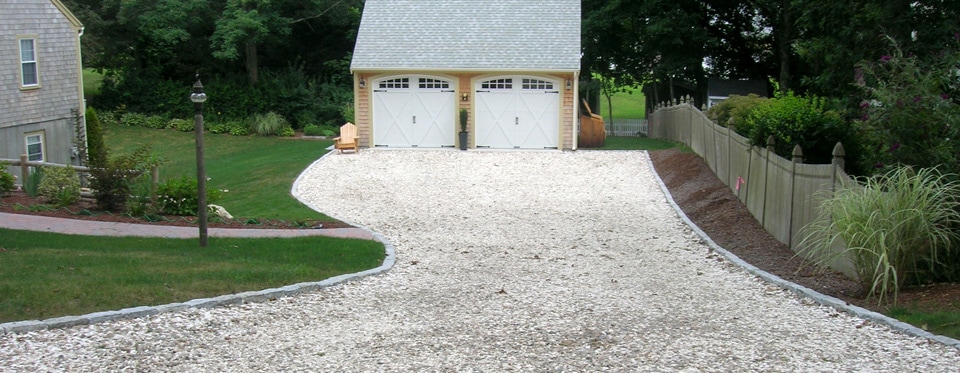 CRUSHED SHELL DRIVEWAY CRUSHED SHELL DRIVEWAY
Well, that’s it for my suggestions for increased curb appeal. That list again is: 1. Combining contrasting, but coordinating colors 2. Add Dimension 3. Make a Statement with Your Front Door 4. Unique Address Numbers 5. Lighting 6. Great Garage Doors 7. Softscaping 8. Hardscaping 9. Beautiful Driveways Alright, let’s test what you learned. Moving on to our quiz. QUIZ: 1. Which of the following is not a softscape element? A. a gravel walkway B. trees C. grass D. flowers The answer is A, a gravel walkway. That’s a hardscape element because it’s hard and non-living. Softscape elements are soft and living, like trees (which are a least partially soft), grass, scrubs, flowers, and plants. Hardscape and softscapes elements are combined to produce landscaping. 2. What type of garage doors are generally the most energy efficient? A. Aluminum and glass garage doors B. Polystyrene insulated garage doors C. Foamed-in-place polyurethane insulated garage doors. The correct answer is C, foamed-in-place polyurethane insulated garage doors generally have the greater R value. and are therefore most energy efficient. Aluminum and glass garage doors are not well insulated at all, and polystyrene insulated doors have decent R values, but usually not as good as the foamed-in- place polyurethane insulated doors. That’s it for today. If you found this mini lesson helpful, you can it with your social media friends. If you’re listening on the website, click the 3 small circles within the circle towards the right side of the podcast player. Please remember that the purpose of this podcast is simply to educate and inform. It is not a substitute for professional advice. The information that you hear is based the only on the opinions, research and experiences of my guests and myself. That information might be incomplete, it’s subject to change and it may not apply to your project. In addition, Building codes and requirements vary from region to region, so always consult a professional about specific recommendations for your home. Thank you for joining me. I hope you learned as much as I did. Enjoy the rest of your week and join me for the next edition of Build Your House Yourself University (BYHYU).
0 Comments
Your comment will be posted after it is approved.
Leave a Reply. |
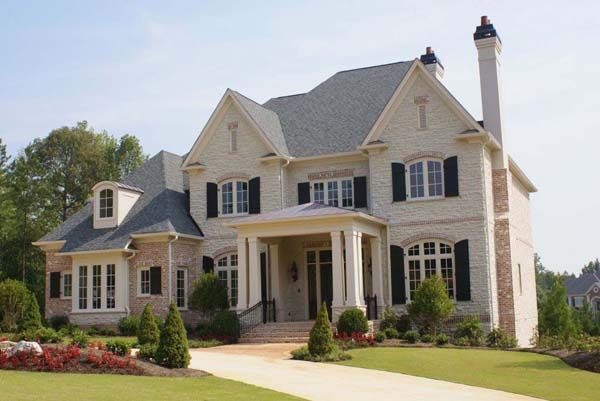
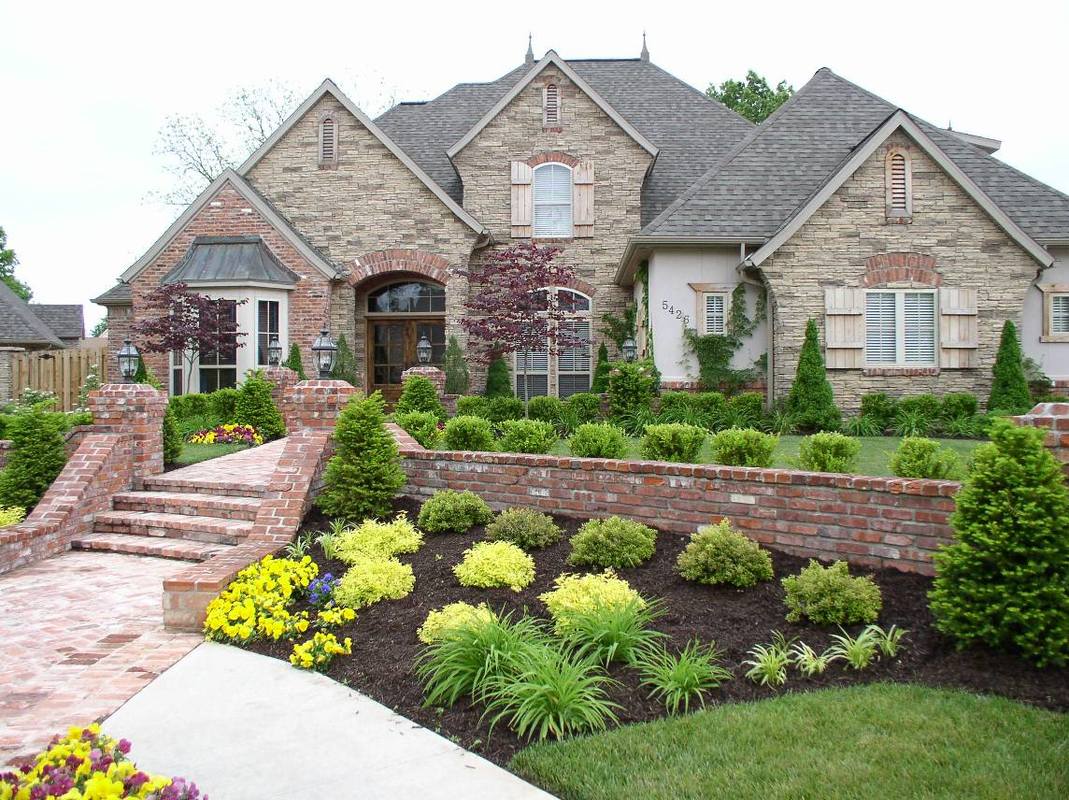
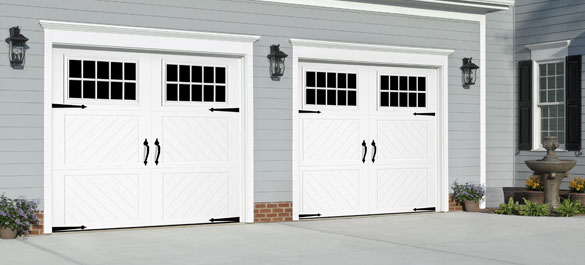
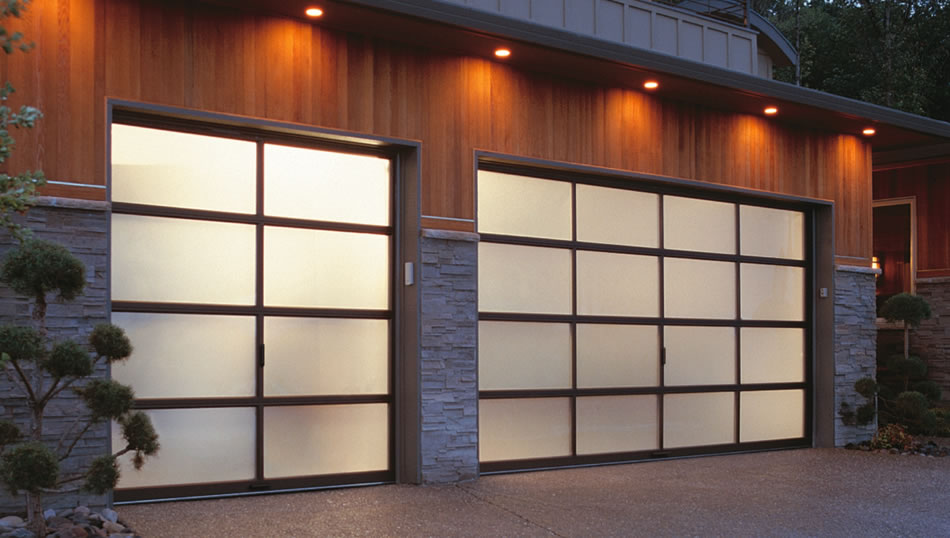
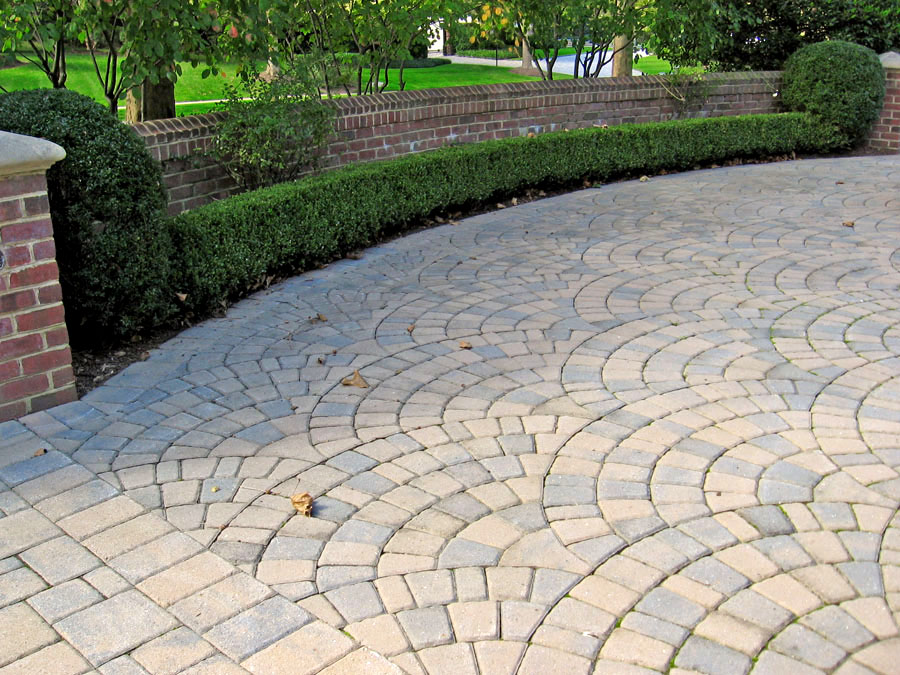
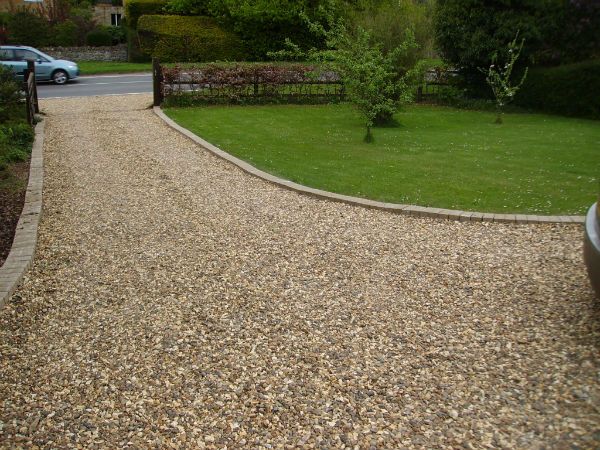
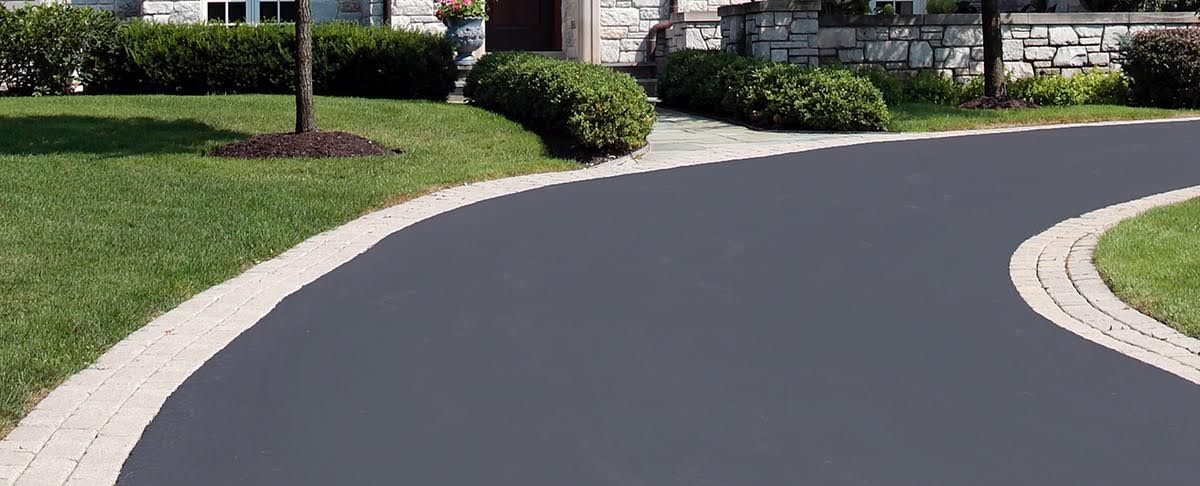
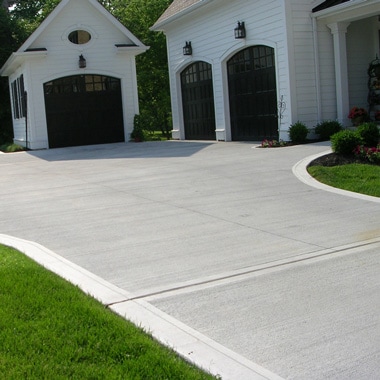
 RSS Feed
RSS Feed